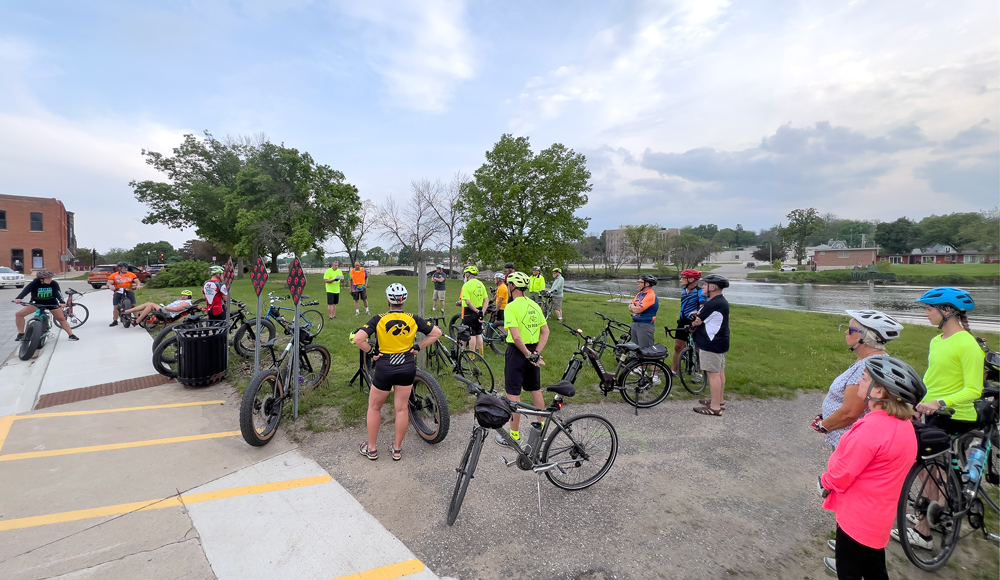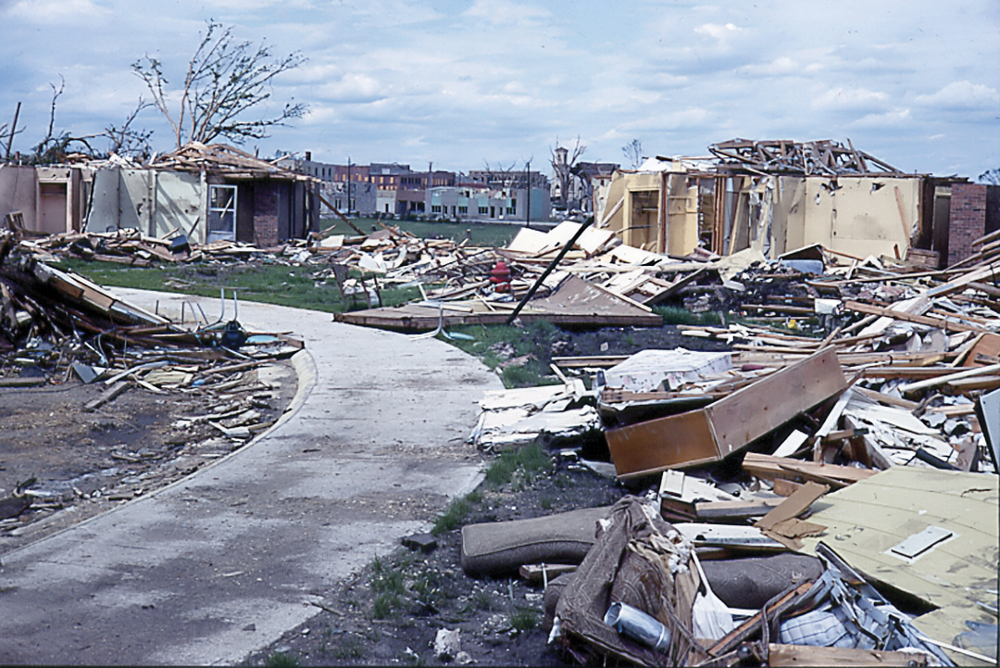Charles City Board of Adjustment approves train depot permit

By Travis Fischer, tkfischer@charlescitypress.com
The Charles City Board of Adjustment conditionally approved a conditional use permit for the proposed Charles City Rail Terminal on Monday, April 29.
Since 2021, Dennis Rippentrop has been working to clean up the former White-Oliver tractor manufacturing plant property to be used as a new train depot to serve the area. Originally envisioned as an LP terminal, plans for the property now involve serving as a site for fertilizer distribution.
At the Board of Adjustment meeting, the board held a public hearing where Rippentrop, along with Darin Bushard of Marcus Construction and Dan Hedrington and Bryan Remer of SEH Engineering, answered questions about the building plans, the products coming in and out, safety protocols, and a range of other considerations.
While Rippentrop says that he has received interest from companies looking to utilize the depot for a variety of products, the primary product anticipated at the moment will be both dry and wet fertilizers.
It was noted that there are no plans for flammable or corrosive products like anhydrous ammonia or sulfur coming through the depot.
“The products that we have are very much your standard fertilizer,” said Bushard.
The depot building itself will be made of concrete and wood, with receiving areas that will allow trucks and trains to both drop off and pick up product.
“All product will be received inside,” said Bushard.
Dry product will be conveyed and dropped into its designated storage space while wet product will be pumped into storage tanks that themselves are placed in concrete rooms capable of containing 125% of the tank’s 35,000 gallon storage capacity.
In the event of a catastrophic failure, runoff would be direct to the dedicated runoff pond.
“Everything between the tracks goes into the storm water pond,” said Hedrington. “Nothing can leave the site before going through that final pond.”
As far as traffic goes, the facility will have the capacity to serve up to eight trucks in an hour, with anticipated busy seasons being in the spring and fall as farmers are out in the field. Trucks will follow established truck routes, coming in from 13th Avenue.
Following the presentation from Rippentrop and his associates, the audience and board members alike held an informal discussion about the project, asking about lights, sounds, odors, employees, traffic and even tornado-proofing.
While a large attendance of the public at a public hearing is often a sign of controversy, the mood of the room was supportive as plans for the depot were shared and explained.
“What these guys are proposing, I think it’s a great idea,” said Cory Hinders, who works at the Osage Co-Op and attended the meeting after social media left him with the impression that anhydrous ammonia would be coming into the depot. Upon hearing the plans for the depot firsthand, his concerns were resolved.
“There’s really not much here that’s going to be a problem,” he said.
Members of the audience were also pleased to see that the property was being developed locally rather than by an out-of-area business.
“They live here,” said Jay Jung. “I think we’re blessed to have that.”
Ultimately, the board verbally approved the conditional use permit, contingent on receiving a detailed policy on how the depot will handle liquid fertilizer products. A written approval based on the discussions held during the meeting will be developed and voted on next month.









Social Share